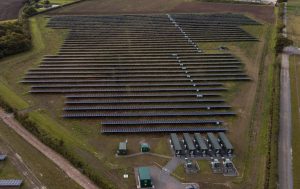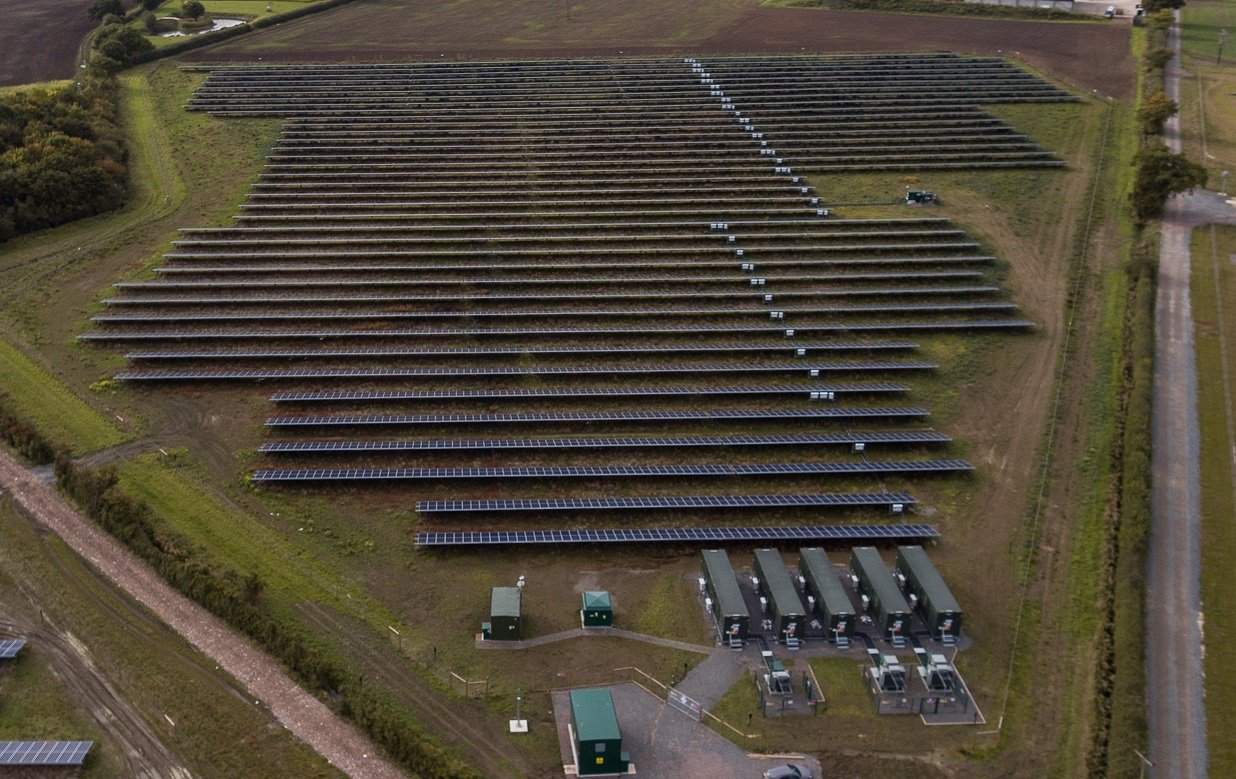The U.S. energy storage market nearly doubled in 2018 and is expected to double again in 2019.
This is according to Wood Mackenzie Power & Renewables and the Energy Storage Association’s (ESA), “U.S. Energy Storage Monitor 2018 Year-in-Review.”
The report found that 777 megawatt-hours of grid-connected energy storage were deployed in the U.S. in 2018, 80% more than were deployed in 2017. Last year also saw robust growth in both behind-the-meter (BTM) and front-of-the-meter (FTM) energy storage. The final quarter of 2018 broke the previous record for megawatt-hours deployed in a single quarter by 50%, with large FTM projects in Hawaii and Texas making up a significant portion of the total.

Looking back on 2018, states continued to lead, with a series of gubernatorial, legislative, and regulatory actions aimed at unlocking the potential of storage to serve as a central catalyst for modernizing and creating a more resilient, efficient, sustainable, and affordable electricity grid,” said ESA CEO Kelly Speakes-Backman.
“Incorporating energy storage in utility planning processes proved to be a key policy theme as well, with the National Association of Regulatory Commissioners adopting a resolution calling on utilities to include storage in long-term planning efforts.”
Speakes-Backman added:
“At the federal level, FERC’s landmark, bipartisan Order 841 provided a critical policy signal that triggered discussions on storage deployment barriers in regional markets. Overall, 2018 was a banner year for energy storage, and 2019 is primed to repeat and expand on these successes.”
Read more: Wind Power Engineering



